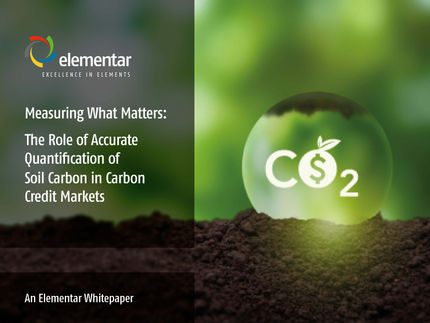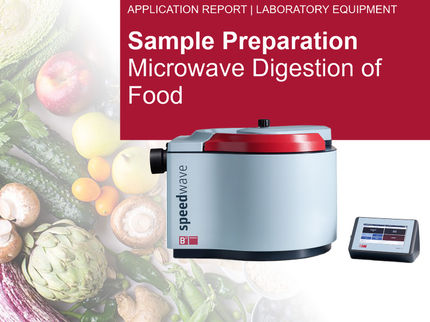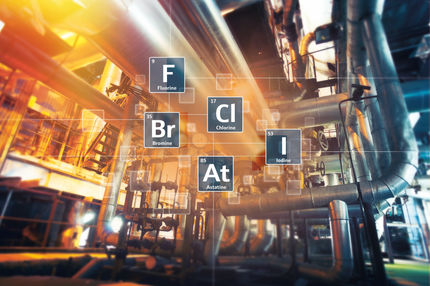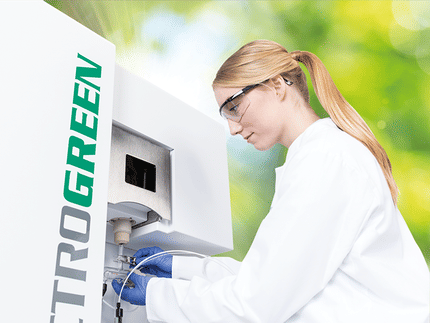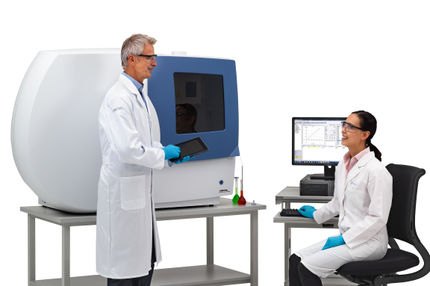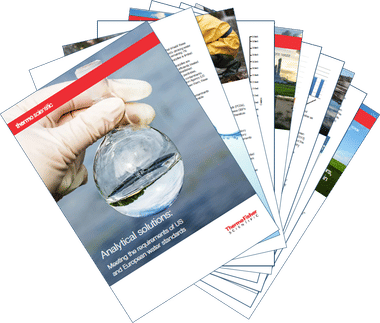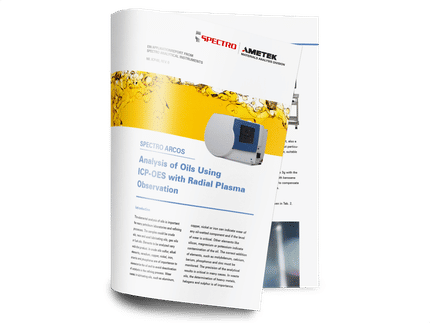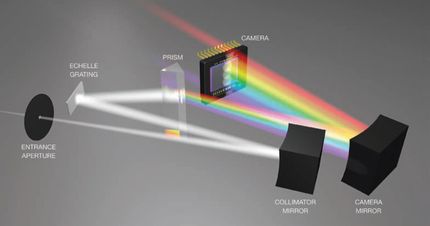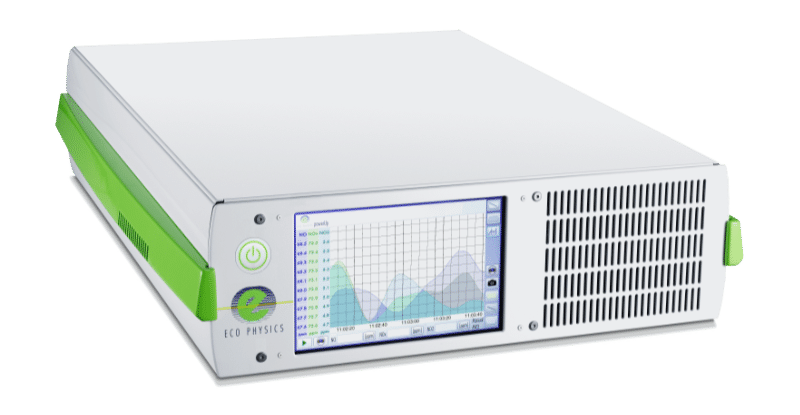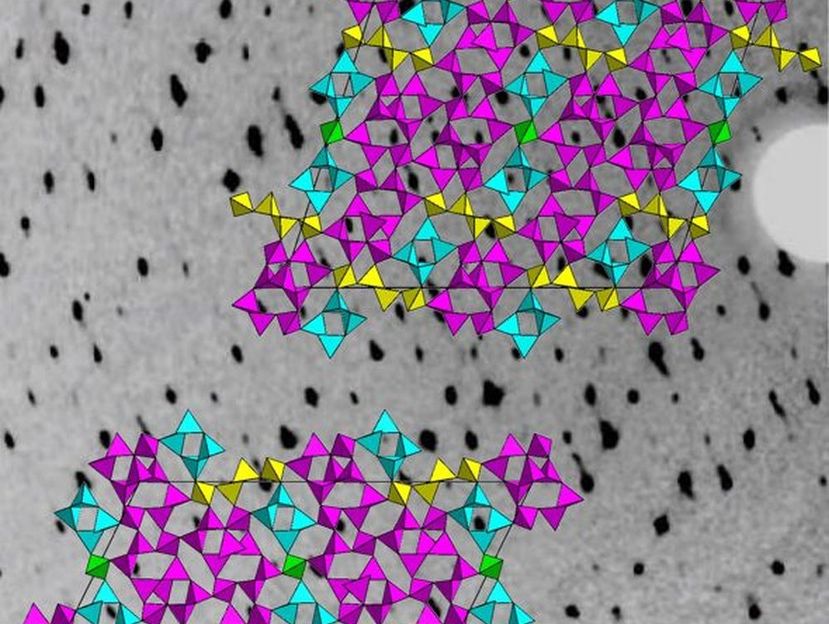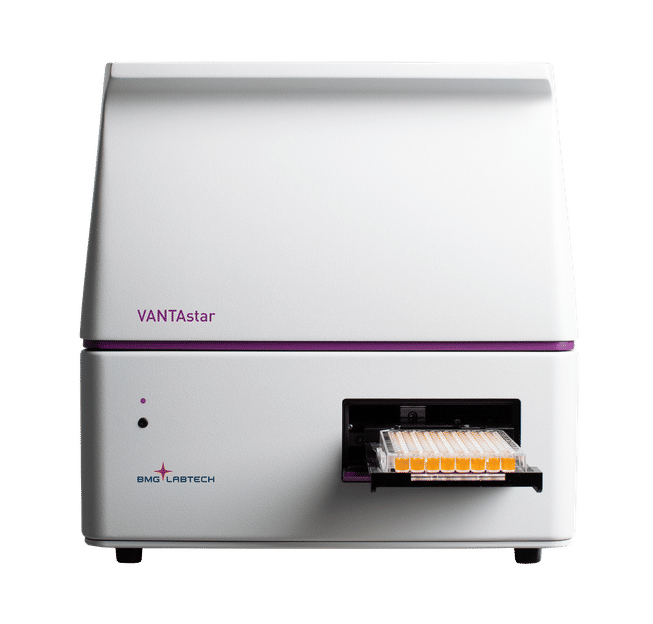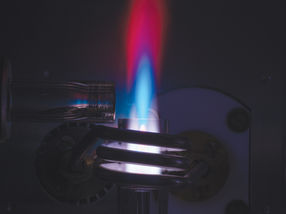SPECTRO Analytical Instruments
How new spectrometer technologies substantially cut operating costs
SPECTRO Analytical Instruments GmbH
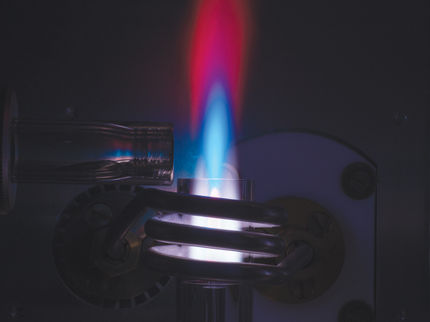
This report explores how engineering innovations can significantly reduce costs — enabling substantial savings while improving performance. ICP-OES spectrometry is routinely used for elemental analysis by professionals in environmental, industrial, and academic laboratories worldwide. In evaluating which ICP-OES instrument to select for a given set of tasks, two differing emphases emerge. Independent laboratories require an adequate level of performance, but also prioritize sensitivity and speed. Their prime concern: choosing an instrument that can maintain the highest possible number of tests per shift. By contrast, other operations — including many industrial research laboratories — prioritize stability and analytical precision. However, both groups agree on the importance of controlling costs. But this can be difficult, since most ICP-OES instruments presently on the market incur a variety of operational and maintenance expenses that dramatically increase their total cost of ownership. Fortunately, some newer enhancements to traditional spectrometer technologies reduce or eliminate these expenses.
White Paper classification
White papers on related topics
Products on related topics
Manufacturers of similar products
See the theme worlds for related content
Topic world Elemental analysis
Elemental analysis is a fundamental pillar of chemical research and enables the quantitative determination of the basic elements contained in a compound. It gives insight into the atomic composition and provides essential information about the structure and properties of molecules.
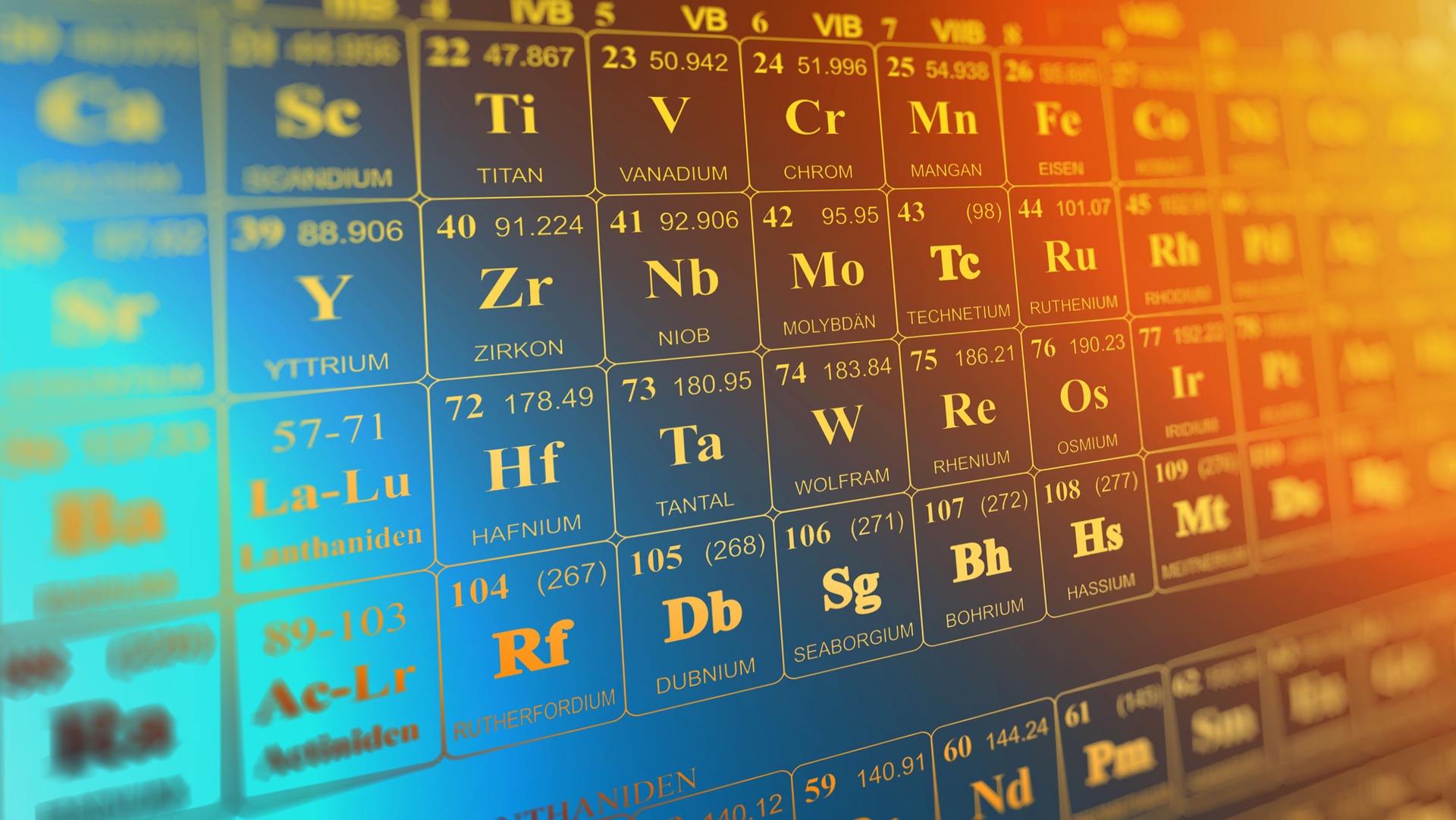
Topic world Elemental analysis
Elemental analysis is a fundamental pillar of chemical research and enables the quantitative determination of the basic elements contained in a compound. It gives insight into the atomic composition and provides essential information about the structure and properties of molecules.
